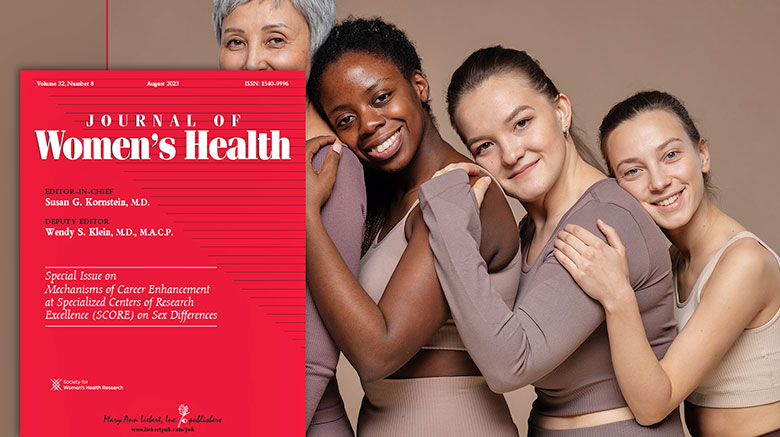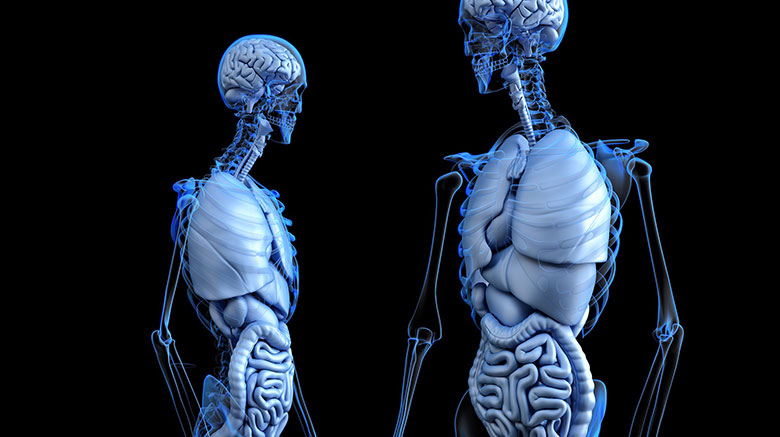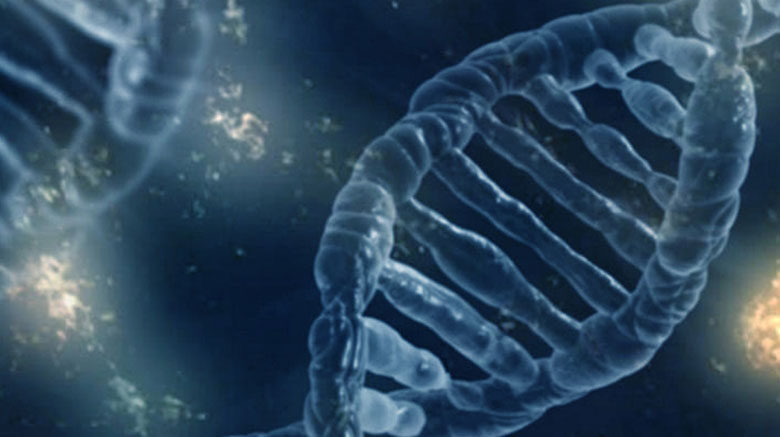Women are still underrepresented in medical research. But thanks to trailblazers like cardiologist Marianne Legato and patient advocate Carolyn Thomas, that’s starting to change

The Foundation for Gender-Specific Medicine
We know the difference
The Foundation for Gender-Specific Medicine
We know the difference

Women are still underrepresented in medical research. But thanks to trailblazers like cardiologist Marianne Legato and patient advocate Carolyn Thomas, that’s starting to change

When scientific scholars look back on our current time period, they will call it the beginning of the Genomic Era. In just the past ten years, scientists have achieved techniques that not only transform existing life forms, but also create entirely new species.

Dr. Marazziti speculates that this similarity in hormone levels helps to solidify relationships in their shaky early stages by erasing differences. Women with higher testosterone levels are more aggressive and assertive and have a greater sex drive than usual. Men with lower testosterones are less aggressive and less libidinou s, making it more likely that they’ll keep their eye on the mate right tin front of them.

Our collaboration with Johns Hopkins

Ask a layperson what biologically differentiates males and females, and at least two different answers will undoubtedly emerge: gonads and hormones. Indeed, the fact that males have testes and females have ovaries leads to a lifelong sexually dimorphic hormonal profile, especially in testosterone, estradiol, and progesterone levels. These sex hormones exert both permanent and protein modification.

If Leptin regulates overall body mass, what factors are responsible for women’s and men’s different body shapes? Classically, women look like pears and men like apples.

Women’s lungs are smaller than those of men. Before you say “I knew it,” I want to tell you something surprising: the lungs are smaller in women even when we adjust for smaller size of women’s bodies. Furthermore, women have lower levels of hemoglobin, the molecule in the blood that carries oxygen to tissues. Lower hemoglobin levels might seem to require larger lung volume, to compensate for the reduced amount of oxygen circulating through the lungs. But women’s lungs are smaller, not larger and we don’t know why.

We are going to outer space so who’s better to handle this, men or women?

Marianne J. Legato, MD, PhD (hon.c.), FACP GENDER AND THE GENOME Volume 1, Number 3 The world we are living in seems to be in an unprecedented state of perpetual…

One of the most unexpected and valuable benefits of thinking so deeply and meticulously regarding the nature of women’s biology, surprisingly, has been a new view of how to investigate the unique biology of men.